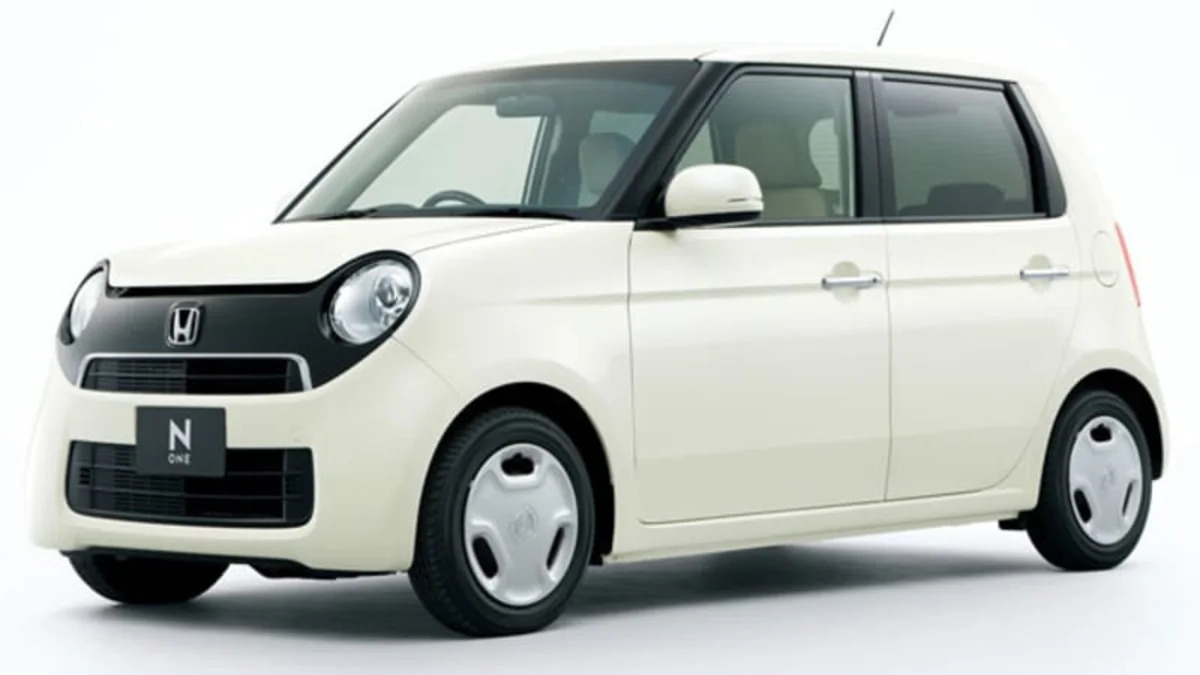We get very excited here at Autoblog when someone brings up a rare car from the Japanese domestic market, even if they are distantly related to cars we can buy in the US, like the Toyota Crown Royal Saloon Hybrid our own Sebastian Blanco tested last month. But while we think often about JDM cars, the reality is that the market is far different than what we imagine. It's largely made up of tiny, 660-cc kei cars that are ultra affordable and sip fuel.
A recent story by The Wall Street Journal (it's behind a pay wall) attempts to analyze the JDM, and see what disadvantages the country's obsession with kei cars create for its manufacturers and for foreign brands that are attempting to make headway in the world's third-largest market.
"The Japanese market is Galápagos. You can test things in Japan. But even if it turns out to be an attractive product in Japan, it would be hard to make it a universal and global product," Shigeru Shoji, CEO of Volkswagen Japan told the WSJ. The Galápagos reference is an apt description of the market, as it's isolated and has developed very differently from other markets. Japanese buyers want their kei cars, but not just for emotional reasons.
Fuel is pricey - the WSJ specifically calls out some of the kei cars that can net Toyota Prius levels of fuel economy for half the price - and there are tax benefits to owning a smaller car. Coupled with the devotion towards kei cars, it's these so-called non-tariff barriers that led General Motors, Ford and Chrysler to skip the Tokyo Motor Show for the third time in a row, with the head of GM Japan telling the WSJ it didn't make economic sense considering how few cars GM sells in the market. "Japan is a unique market. For those operating globally, that could present a barrier," GM's managing director, Sumito Ishii, said.
A recent story by The Wall Street Journal (it's behind a pay wall) attempts to analyze the JDM, and see what disadvantages the country's obsession with kei cars create for its manufacturers and for foreign brands that are attempting to make headway in the world's third-largest market.
"The Japanese market is Galápagos. You can test things in Japan. But even if it turns out to be an attractive product in Japan, it would be hard to make it a universal and global product," Shigeru Shoji, CEO of Volkswagen Japan told the WSJ. The Galápagos reference is an apt description of the market, as it's isolated and has developed very differently from other markets. Japanese buyers want their kei cars, but not just for emotional reasons.
Fuel is pricey - the WSJ specifically calls out some of the kei cars that can net Toyota Prius levels of fuel economy for half the price - and there are tax benefits to owning a smaller car. Coupled with the devotion towards kei cars, it's these so-called non-tariff barriers that led General Motors, Ford and Chrysler to skip the Tokyo Motor Show for the third time in a row, with the head of GM Japan telling the WSJ it didn't make economic sense considering how few cars GM sells in the market. "Japan is a unique market. For those operating globally, that could present a barrier," GM's managing director, Sumito Ishii, said.










Sign in to post
Please sign in to leave a comment.
Continue